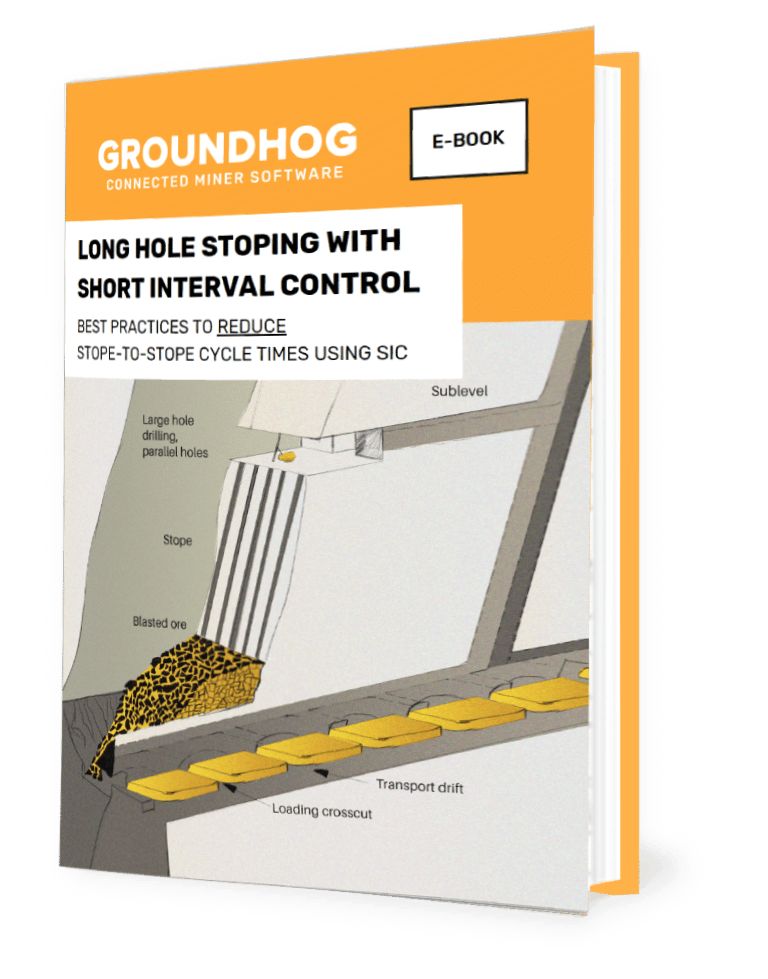With the rule has gone into effect on June 2nd, 2018 the US mining industry has put a lot of effort into plans to comply with MSHA’s new Workplace Examination Rule (56.18002). There are plenty of options for how to proceed, but MSHA has provided a perfect framework in which to digitize operational inspections.
While MSHA has set a new standard with its own inspection tools, it has also presented the industry with a tremendous opportunity to utilize new technology to comply with the new rule. A few key sections of the rule are incredibly well suited to mobile apps with connected digital storage. The new rule should be properly evaluated by operational compliance or safety & health professionals, but this can act as a guide for how to utilize new digital tools to effectively meet integrate compliance into an operation.
Where to Begin
All these recommendations will include mobile devices (tablets, phones, or wearables) for frontline supervisors or operators. Replacing paper-based data collection is crucial to connecting operators across a site and ensuring effective communication.
When an inspection is conducted, tablets allow for easy logging through a digital process. Pictures, notes, and all the site-specific details can be collected just as they were before. The difference with a mobile device is that the data becomes accessible to other stakeholders as quickly as it can be downloaded. In underground operations, this can be facilitated using the online/offline functionality of applications, Wi-Fi infrastructure extensions, or peer-to-peer sharing of data. On the surface, there are far few limits to connectivity, but it still may require some additional infrastructure.
Tracking Corrective Action
Part C of the rule puts forth the most important case for digitization:
56.18002 (c) “When a condition that may adversely affect safety or health is not corrected promptly, the examination record shall include, or be supplemented to include, the date of the corrective action.”
In a paper-based system, this means tracking down the original inspection, supplementing that documentation with the date of the corrective action. While that may be easy if an operation has one working area and very few operators, it creates a large headache for most operations.
Mobile app integration streamlines this process. Mobile Apps can create tasks directly from an examination (integration with existing work order systems is possible too). If the digital inspection is linked to the corrective action directly, there is no need to go through the paperwork. The ability to supplement the hazard documentation with later corrective action is built directly into the system.
It should be noted here that any corrective action should be cataloged with hazards regardless of how long it takes to remedy the hazard. This will provide a full log for MSHA of actions operational personnel is taking to identify and correct hazards.
Notify Miners of a Hazards
Notifying operators of hazards presents an interesting case for digitization. In a lot of current operations, hazards can be communicated in a variety of ways. Signage, barricades, guarding, SOPs, and have been effective at established hazard location. Digital tools can assist with the automation of those notifications.
Utilizing location tagged hazards (manual selection or digitally tagged locations), operators can be notified based on their proximity. If they enter a work area where a hazard has been found (and not yet corrected) their own location will act as the impetus for notification.
Operators can also be notified of hazards in their assigned working area. Any hazards requiring further corrective action can be stored in a database. As operators are assigned tasks, notifications can be prompted given their known destination and any known hazards in those areas.
If only a supervisor is given a device, notifications can still be logged there. When the supervisor communicates to their crew (or individuals) that a hazard exists, it needs to be noted. Even as little as “July 14th, 2018 – 6:34 am – Crew meeting. Discussed today’s belt repair with crew A” will document the notification in an easily searchable and sortable way.
This can generate several outcomes. If operators have mobile devices, there is a great opportunity to document that hazards have been communicated and that the operator understands how that hazard may impact their task in that area. Communicating hazards with pictures are more effective than verbal notifications. Best of all, further integration of mobile devices could link directly to SOPs about such hazards, MSDS sheets, or recommended actions
Record Retention
Storage of these examinations is spelled out in part D of the rule. MSHA has command antecedently that digital record keeping is acceptable:
“Standards 56/57.18002(b) require operators to keep records of working place examinations. These records must include: (1) the date the examination was made; (2) the examiner’s name; and (3) the working places examined. MSHA intends to allow operators considerable flexibility in complying with this provision in order to minimize the paperwork burden. Records of examinations may be entered on computer databases or documents already in use, such as production sheets, logs, charts, time cards, or other formats that are more convenient for mine operators.”
While rolling out the new rule, MSHA has mentioned several times that digital storage needs to ensure that documentation cannot be altered at a later date. This is easily achieved using file restrictions and adequate file naming structures. While compliant storage structures are available, some MSHA districts are more flexible than others and they should be consulted while implementing new policies.
Document management becomes significantly easier in a digital format. Sorting, filtering and viewing identified hazards in a digital database is significantly easier than digging through forms. Additionally, document deletion policies can be automated using digital databases.
Let’s wrap this up
The new Workplace Exam rule creates some compliance challenges to Metal/Non-Metal mines. Building these new procedures creates an opportunity. Take this as a time to implement a positive change to operational inspections. Increase the efficiency of your operation by connecting data and reducing manual inputs and tracking. MSHA has given this opportunity to the industry, we’d better take it.



